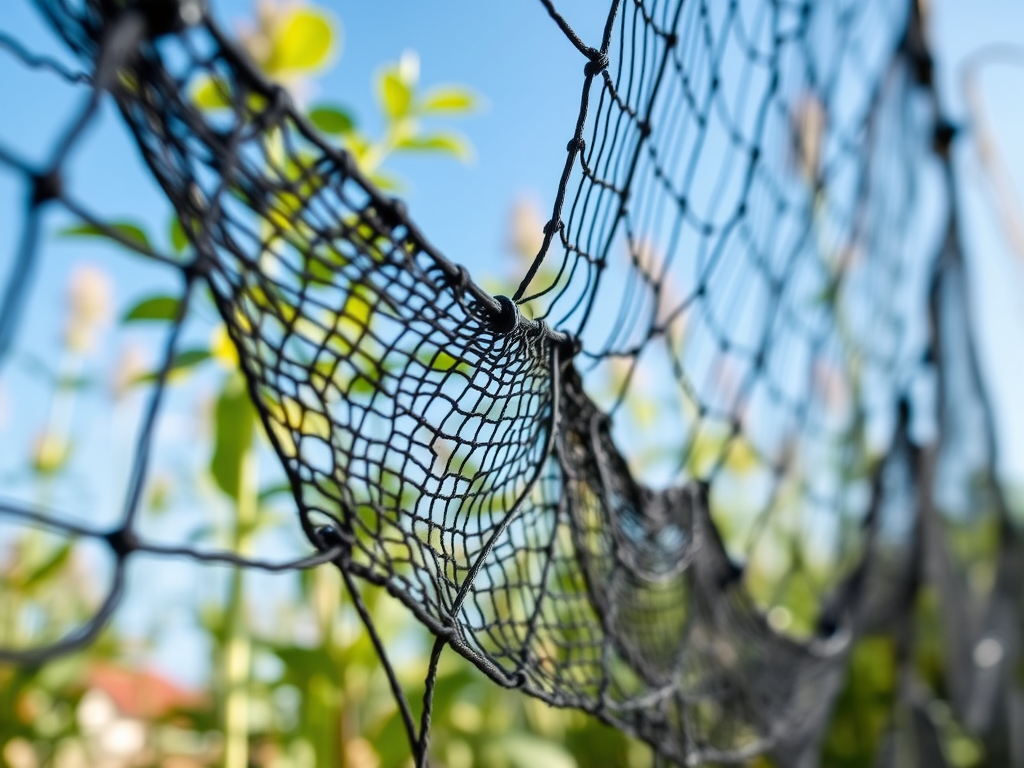
When it comes to raising domestic birds, chickens, or a backyard flock, biosecurity should be a top priority. The health and safety of your birds depend on your ability to prevent the spread of disease and protect them from external threats. One of the most effective and often overlooked methods of biosecurity is netting. Whether you’re a small-scale poultry keeper or running a larger operation, netting plays a crucial role in safeguarding your flock.
Why Is Biosecurity Important for Poultry?
Biosecurity refers to the measures taken to prevent the introduction and spread of infectious diseases within an animal population. Chickens and other domestic birds are vulnerable to a range of diseases, including avian influenza, Newcastle disease, and Marek’s disease. These illnesses can spread rapidly and result in high mortality rates, leading to significant losses for poultry keepers.
Implementing strict biosecurity measures helps minimize the risk of disease transmission and ensures a healthier environment for your birds. Netting is an essential component of this strategy, providing a physical barrier that supports overall flock health and security.
How Netting Enhances Biosecurity
Netting serves multiple functions in protecting your birds from both biological and physical threats. Here’s how:
1. Prevents Contact with Wild Birds and Pests
Wild birds can be carriers of dangerous pathogens that pose a threat to your flock. They may carry diseases like avian influenza, which can spread through direct contact or contaminated droppings. Properly installed netting acts as a shield, preventing wild birds from accessing your poultry enclosure and reducing the risk of disease transmission.
Similarly, netting helps deter rodents, which are known carriers of bacteria and parasites that can harm chickens. By blocking access to feed and water sources, you create a safer and cleaner environment for your flock.
2. Reduces Exposure to Airborne Contaminants
Airborne transmission is another way diseases spread among poultry populations. Dust particles, feathers, and even small insects can carry harmful pathogens. Fine mesh netting can help minimize the entry of airborne contaminants while still allowing for proper ventilation within the coop.
3. Protects Against Predators
In addition to disease control, netting provides a crucial line of defense against predators such as hawks, owls, raccoons, and foxes. Overhead netting is particularly effective in preventing aerial attacks, while perimeter netting can keep ground predators at bay.
4. Prevents Escape and Unauthorized Access
Netting also helps keep your birds contained within their designated space, reducing the chances of them wandering into unsafe areas. Additionally, it acts as a deterrent against unauthorized access by other animals or humans who might unintentionally introduce contaminants.
Choosing the Right Netting for Biosecurity
When selecting netting for your poultry, consider the following factors:
- Mesh Size: Smaller mesh sizes provide better protection against pests and wild birds.
- Durability: UV-resistant and weatherproof netting lasts longer and offers reliable protection.
- Flexibility and Strength: Ensure the netting is strong enough to withstand environmental elements and potential predator attempts.
- Easy Installation and Maintenance: Choose netting that can be easily installed and maintained without compromising ventilation and accessibility.
Netting is a cost-effective and highly efficient way to enhance biosecurity and protect your flock from potential threats. By preventing contact with wild birds, controlling airborne contaminants, deterring predators, and keeping your chickens contained, netting significantly reduces the risks associated with poultry farming.
Investing in quality netting and incorporating it into your biosecurity plan will contribute to a healthier, safer, and more productive environment for your domestic birds and chickens. Whether you’re raising a few backyard hens or managing a larger poultry operation, the right netting solution can make all the difference in maintaining a thriving flock.
